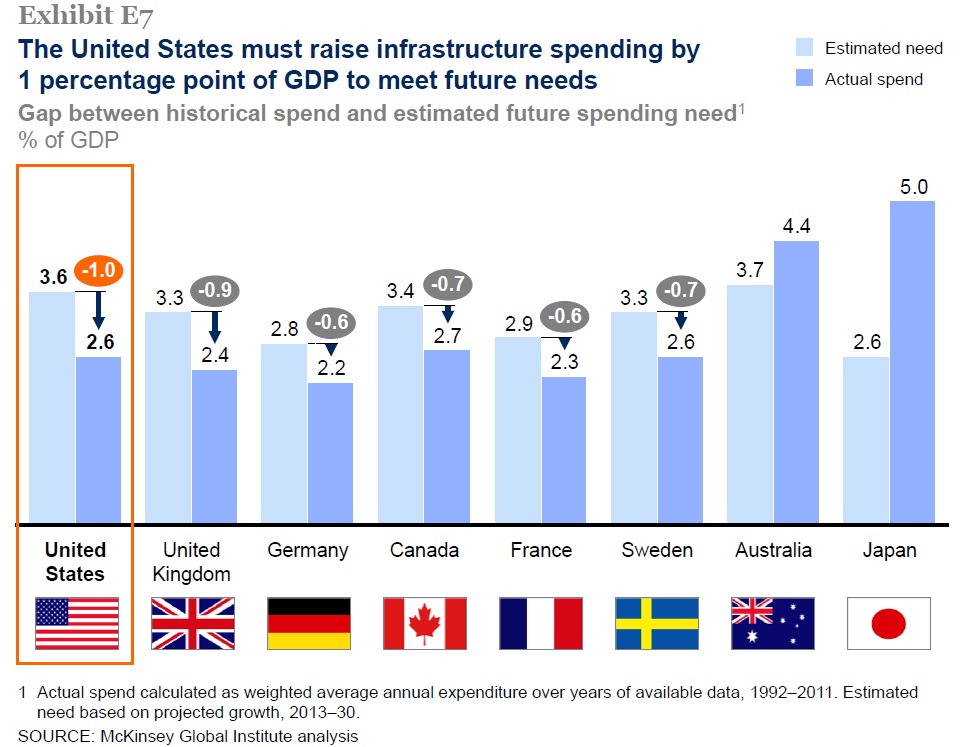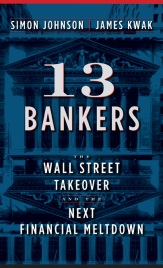“80 PERCENT OF U.S. ADULTS FACE NEAR POVERTY, UNEMPLOYMENT”
GIVEN THAT SO MANY OTHER COUNTRIES OPERATE SOCIAL SAFETY NETS—WITH CONSIDERABLE SUCCESS--WHY DOES THE U.S. REFUSE TO?

The lack of outrage about the structural flaws in the U.S. economy continues to amaze me—though I really shouldn’t be surprised. Stories of real economic significance have a disconcerting habit of dying fast. It is almost as if our corporate media were more interested in distracting us than keeping us informed. The Royal birth served this time around. The Wiener situation helped. A penis is more fun to write about than poverty. In fact, now I contemplate the matter, it is more fun overall.
The media mindset is another fundamental problem. The structural flaws in this economy are not a hot new story that you can summarize in a sound bite. Instead this issue represents an existential threat to our national wellbeing, and requires a much more measured approach backed up by a deep knowledge of the subject matter. Journalists with such credentials are in short supply and rarely have the freedom to say what they really think.
The story—dated July 28 2013--that really got my personal attention was an AP report, summarized in the Huffington Post, which stated that:
Four out of 5 U.S. adults struggle with joblessness, near-poverty or reliance on welfare for at least parts of their lives, a sign of deteriorating economic security and an elusive American dream.
The gauge defines "economic insecurity" as a year or more of periodic joblessness, reliance on government aid such as food stamps or income below 150 percent of the poverty line. Measured across all races, the risk of economic insecurity rises to 79 percent.
While racial and ethnic minorities are more likely to live in poverty, race disparities in the poverty rate have narrowed substantially since the 1970s, census data show. Economic insecurity among whites also is more pervasive than is shown in the government's poverty data, engulfing more than 76 percent of white adults by the time they turn 60, according to a new economic gauge being published next year by the Oxford University Press.
"Poverty is no longer an issue of `them', it's an issue of `us'," says Mark Rank, a professor at Washington University in St. Louis who calculated the numbers. "Only when poverty is thought of as a mainstream event, rather than a fringe experience that just affects blacks and Hispanics, can we really begin to build broader support for programs that lift people in need."
The fact that the richest country in the world allows this situation to continue is an absolute disgrace—and now the Republicans are trying to cut Food Stamps (which are already too low).
This is mean-spirited, shabby behavior, morally wrong—and economically inefficient. Currently, corporate interests are working hard (and successfully) to create a low wage economy—and purchasing power is being reduced accordingly. For the time being, shale oil and the revival of the auto industry are giving the economy a boost, but the bulk of the economy is deeply troubled. Most of the jobs that are available are badly paid, part-time, or both.
The fact that 80% of the population is at risk is truly mind blowing—especially as this figure is projected to rise to 85% by 2030. This reflects an economic system that is not working in the interests of the population as a whole. Now this has been obvious for a considerable time; but, given that Congress is controlled by corporate money, nothing is being done about it.
Worse still, though economic insecurity is rampant in the U.S.—with all its attendant pressures—I see scant evidence that people understand the sheer scale of the forces they are up against—and that unless they fight back, continued decline is inevitable.
At one stage, the deficit was considered to the source of all our ills, but now that issue is fast being resolved, it can be seen that the real problems are much more widespread and deeply rooted. Here, I would add that Europe’s adoption of Austerity has proved to be a disaster—a case history in what not to do. Certainly, there are times to cut back—and government expenditure always needs to be tightly controlled—but cutting is ill advised when your economy is sluggish or in recession. Then you merely undermine growth and increase unemployment—which is exactly what has been happening. Our own extensive cutting of government jobs, mainly by Republican state governors, plus the sequester, has had exactly the same effect.
FINANCIALIZATION: Thanks to taxpayer money, and massive support by the Federal Reserve—which continues at the remarkably rate of $85 billion a month—the financial sector has now fully recovered and is more prosperous than ever. In fact, it is the largest business sector on Wall Street. Meanwhile, the well-being of the average American continues to decline. These two facts are directly related.


 Every so often, Microsoft’s Windows Live Writer—which I like a lot and use for blogging—seems to get confused by life and refuses to upload to my blog. Yesterday that happened again—to my vast frustration. On the other hand I eventually found a solution so arguably should pleased at my ingenuity.
Every so often, Microsoft’s Windows Live Writer—which I like a lot and use for blogging—seems to get confused by life and refuses to upload to my blog. Yesterday that happened again—to my vast frustration. On the other hand I eventually found a solution so arguably should pleased at my ingenuity.


 I regard blogging as a kind of warm-up exercise for my brain—even though I often blog in the evening after my main writing work is done. I think I temporarily stopped blogging at the beginning of June because I had the sense—in the case of the screenplay—that my main work wasn’t done, yet was determined to crack the problem however long it took; so I worked through my blogging time.
I regard blogging as a kind of warm-up exercise for my brain—even though I often blog in the evening after my main writing work is done. I think I temporarily stopped blogging at the beginning of June because I had the sense—in the case of the screenplay—that my main work wasn’t done, yet was determined to crack the problem however long it took; so I worked through my blogging time. 




 My earlier LinkedIn site has to go—but whenever I contemplate what is involved—my pre-tractor brain decides life is too short for this, and steers me towards something more manageable.
My earlier LinkedIn site has to go—but whenever I contemplate what is involved—my pre-tractor brain decides life is too short for this, and steers me towards something more manageable.






 THE BASELINE SCENARIO blog is actually written by both James Kwak and Simon Johnson. Both are excellent writers and thoughtful commentators on the state of the U.S. economy.
THE BASELINE SCENARIO blog is actually written by both James Kwak and Simon Johnson. Both are excellent writers and thoughtful commentators on the state of the U.S. economy.  My three-year-old daughter, looking at
My three-year-old daughter, looking at 
 Keep an eye out for the two books he co-wrote with Simon Johnson as well. They are respectively 13 BANKERS and WHITE HOUSE BURNING.
Keep an eye out for the two books he co-wrote with Simon Johnson as well. They are respectively 13 BANKERS and WHITE HOUSE BURNING. 
